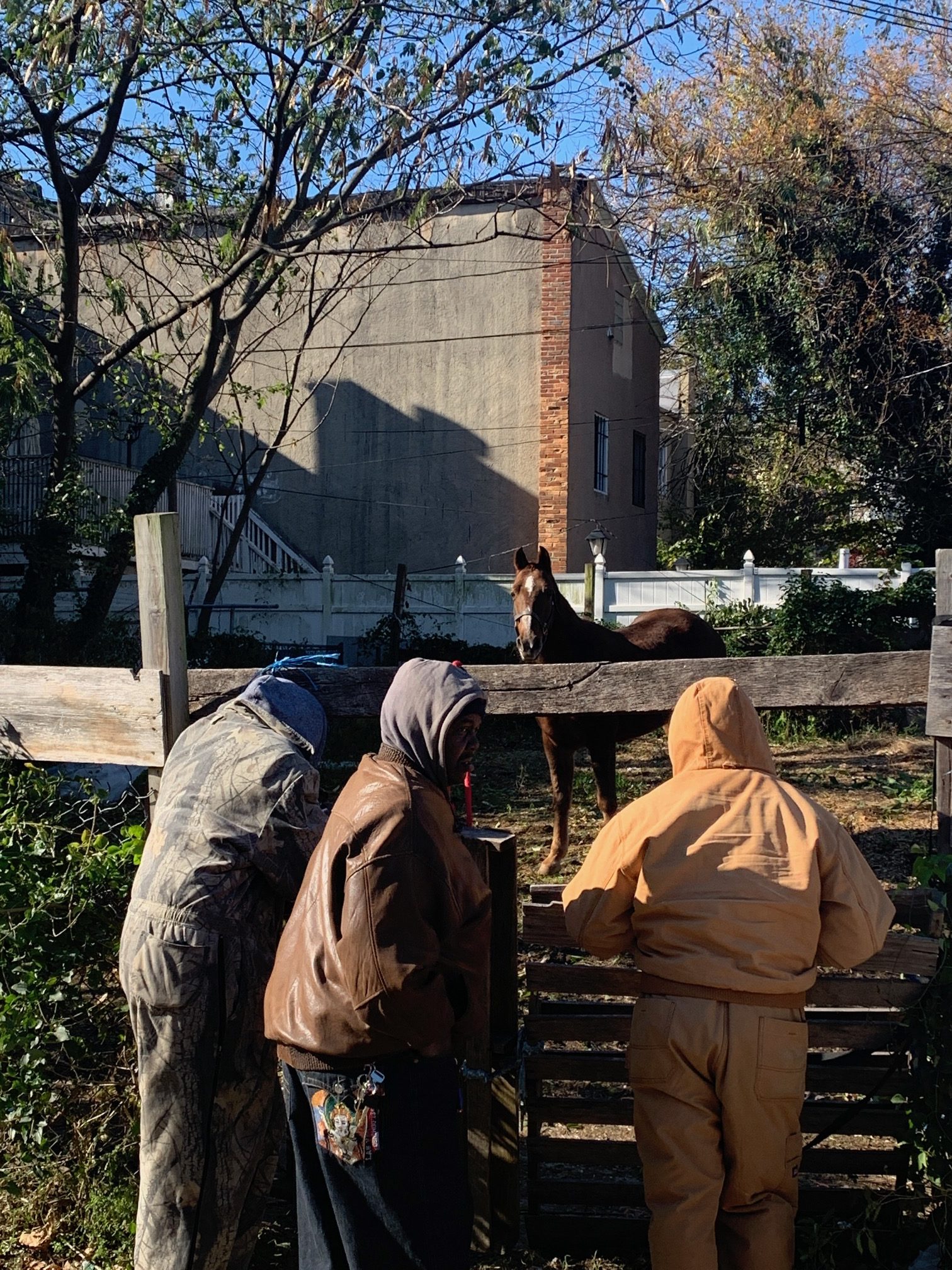Thank you to everyone who came to our virtual micro-grant party last week and helped select the five new ideas to advance preservation in Baltimore! It was a fun and participatory event. Here are the five projects that received funding:
$500 Micro-Grants:
Friends of Contee-Parago Park: The micro-grant will help them preserve the original dedication plaque installed in the park in 1971.
Fight Blight Baltimore: The micro-grant will help fund the establishment of a book and food library at 703 N Fremont Ave.
$250 Micro-Grants:
ImagineIN: The micro-grant will help create an outdoor visual art video installation at 1647 North Calhoun Street.
The Linden Avenue Association: This micro-grant will help to repair and repaint the gazebo in the 1700 block of Linden Avenue.
$50 Micro-Grant:
The Baltimore Crime Museum: This micro-grant will help to create a podcast about Baltimore’s crime history and how it has shaped Baltimore’s history, geography, and its current situation.
We will keep you posted as these projects move along and, again, thank you!!








